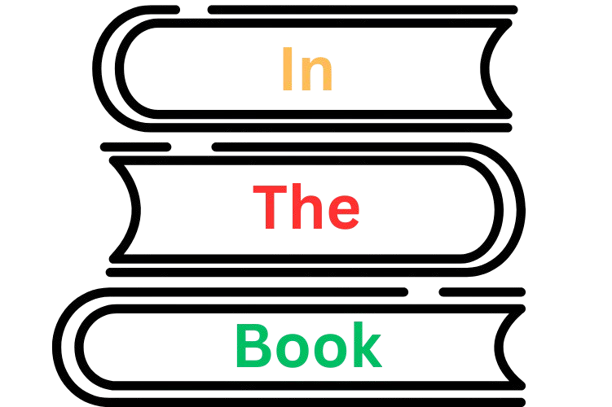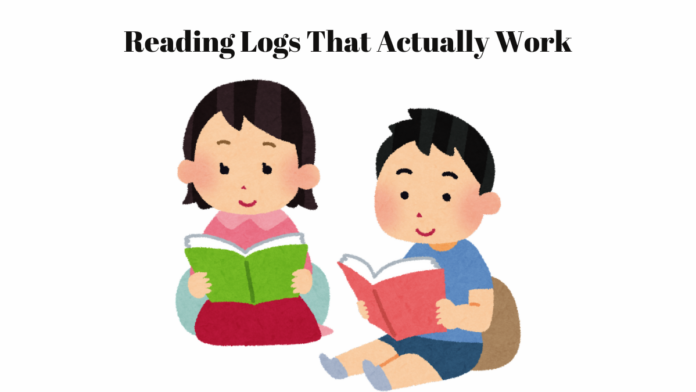As an reader, you are probably no stranger to the feeling of being overwhelmed by the sheer amount of books you want to read. With so many great titles out there, it is easy to get lost in the sea of options and struggle to make progress. That’s where reading logs come in a simple yet powerful tool to help you stay on track and make the most of your reading time.
In this post, we will explore the benefits of using a reading log, how to create one that works for you, and provide some tips to help you stick to it. Whether you are a casual reader or a bookworm, this guide will show you how to make reading logs a part of your daily routine and help you achieve your reading goals.
Contents
- What is a Reading Log?
- Benefits of Using a Reading Log
- How to Create a Reading Log
- Some Examples of Reading Logs that Actually Work
- Tips for Sticking to Your Reading Log
- Conclusion
- Some Questions
- What is the purpose of a reading log?
- How often should reading logs be used?
- Do all students need to use reading logs?
- What are some pros and cons of using reading logs?
What is a Reading Log?
A reading log is a simple record of the books you have read, along with some basic information about each book. It can be as simple as a spreadsheet, a notebook, or even a mobile app. The idea is to track your progress, reflect on what you have read, and plan your next steps.
Benefits of Using a Reading Log
Some benefits of using a reading log are:
- A reading log helps you keep track of the books you have read, allowing you to see your progress and stay motivated.
- A log helps you keep your books organized, making it easier to find what you are looking for and avoid duplicates.
- Writing down your thoughts and opinions about each book helps you reflect on what you have read and retain more information.
- A reading log helps you set and achieve reading goals, whether it is reading a certain number of books per month or completing a specific series.
- By tracking your reading habits, you can identify patterns and preferences, which makes it easier to find new books that suit your tastes.
How to Create a Reading Log
To create a reading log; follow the given steps:
- Decide on a format that works for you spreadsheet, notebook, or mobile app. Some popular options include Goodreads, Reading Log, and BookNerd.
- Create a template or design your log with the following information:
- Book title and author
- Date started and finished
- Rating (optional)
- Brief summary or review
- Genre and category
- Recommendations for similar books
- Set aside a specific time each day or week to update your log. Make it a habit by incorporating it into your daily routine.
Some Examples of Reading Logs that Actually Work
Reading logs can be a valuable tool to encourage students to read independently and develop a love for reading. However, not all reading logs are created equal. Here are some examples of reading logs that actually work:
- Instead of simply tracking the number of pages read, purpose-driven reading logs focus on the reasons why students are reading. For example, they might record what they are reading, why they are reading it, and what they are learning from it. This approach helps students develop a deeper understanding of the reading material and connects reading to their personal goals and interests.
- When students have a say in what they read, they are more likely to be engaged and motivated. Choice-based reading logs allow students to choose their own books and record their thoughts, feelings, and insights about the reading material. This approach fosters a sense of ownership and autonomy, leading to a more positive reading experience.
- In today’s digital age, technology can be a powerful tool to enhance reading logs. For example, students can use digital tools to record their reading, such as apps that track reading time, or online platforms that allow them to share their thoughts and reflections with others. This approach can make reading logs more engaging and interactive.
- Reflective reading logs encourage students to think critically about their reading and reflect on what they’ve learned. This approach helps students develop metacognitive skills, such as identifying what they know, what they don’t know, and what they need to learn more about. Reflective reading logs can be done in a journal, online, or through discussions with peers or teachers.
- Flexible reading logs recognize that students have different learning styles and needs. For example, some students might prefer to record their reading in a journal, while others might prefer to use a digital tool. Flexible reading logs accommodate different formats and approaches, allowing students to choose what works best for them.
Tips for Sticking to Your Reading Log
If you need some tops for sticking to your reading log; here are some:
- Don’t make it a chore! Add a personal touch to your log, such as doodles or stickers.
- Update your log regularly, even if it is just a quick entry.
- Don’t feel overwhelmed by trying to track too much information. Keep it simple and focus on what works for you.
- Connect with fellow readers online or in-person to share your experiences and get recommendations.
- Set small rewards for reaching milestones or completing a certain number of books.
Conclusion
A reading log is a powerful tool to help you stay on track, reflect on your reading habits, and achieve your goals. By following these simple steps and tips, you can create a log that works for you and make reading an enjoyable and rewarding experience.
Whether you are a casual reader or a bookworm, a reading log is a great way to boost your reading habits and discover new books and authors.
Some Questions
What is the purpose of a reading log?
A reading log is a tool used to track and monitor students’ reading habits and progress. It helps teachers and parents keep track of the amount of time spent reading and the types of materials being read.
How often should reading logs be used?
Reading logs should not be used every day, and should only be for a short time. it is recommended to use them sparingly to avoid making reading feel like a chore.
Do all students need to use reading logs?
No, not all students need to use reading logs. it is important to consider the individual needs and reading habits of each student before implementing a reading log.
What are some pros and cons of using reading logs?
Some pros include tracking progress and encouraging students to read more. Cons include the potential for students to feel like they are just checking off a task rather than truly enjoying reading.
- The Real Reason Invoices Go Unpaid — And How Collection Automation Can Fix It
- Best Places to Buy Diamonds and Engagement Rings Online
- Building Focus and Strategy Through Interactive Digital Experiences
- How Students’ Reading Interests Influence Their Motivation and Performance in Writing Assignments
- The Damages Resulting from the Use of Suboxone

Chandler is an avid automobile enthusiast who is passionate about all things on wheels. From the latest car models to classic vintage rides, I love exploring the automotive world’s intricate details and engineering marvels. With years of experience in test-driving, reviewing, and analyzing cars, I provide readers with comprehensive insights and honest opinions.



























